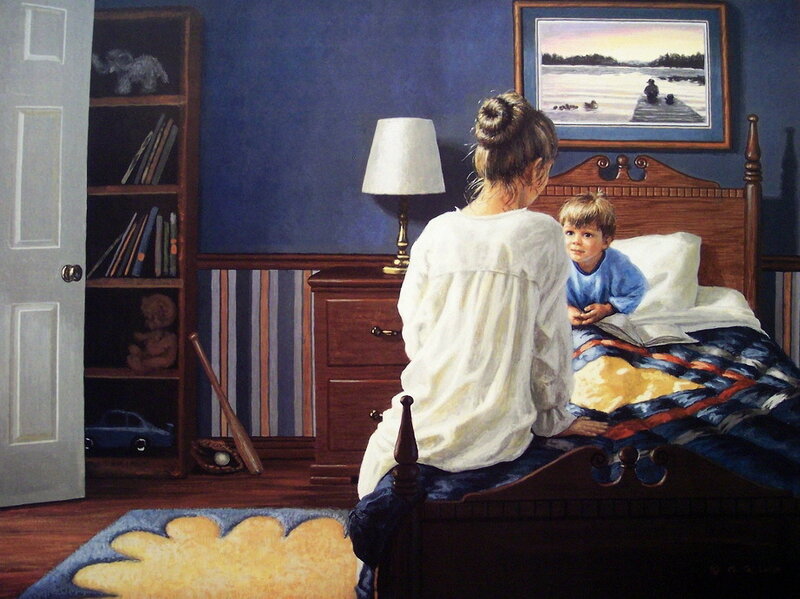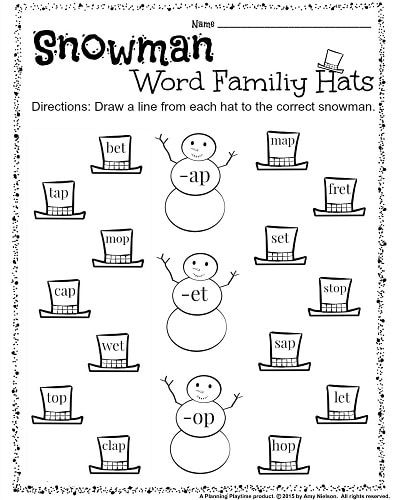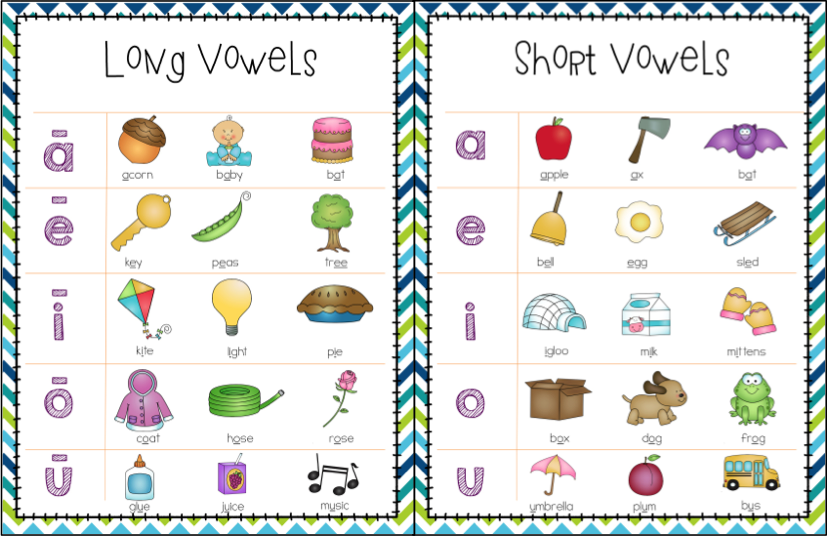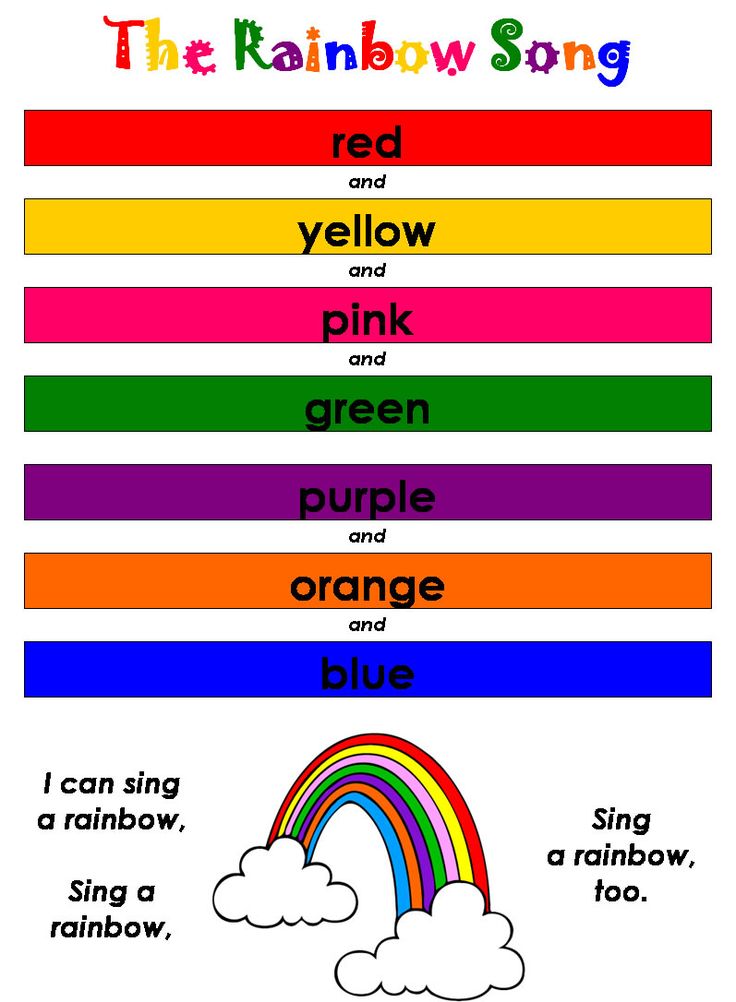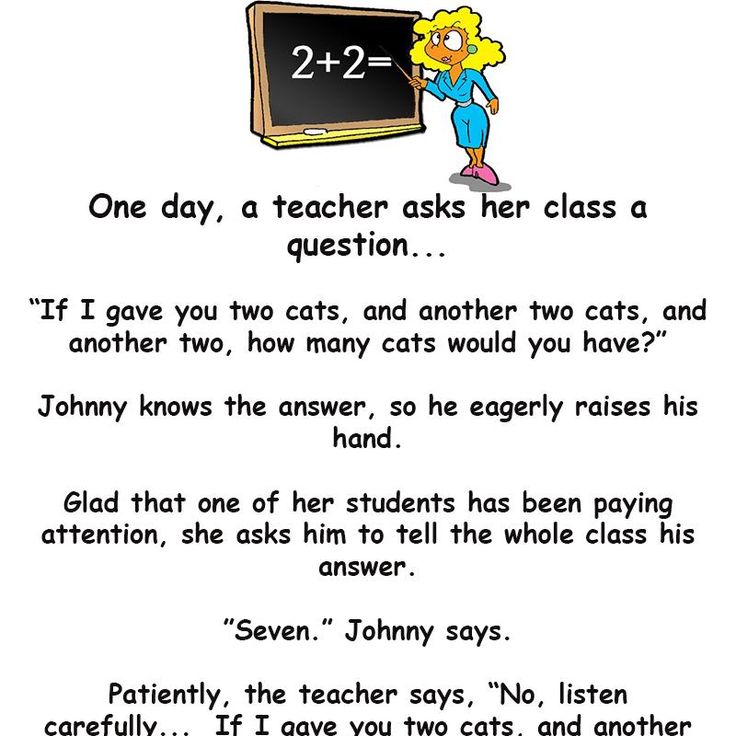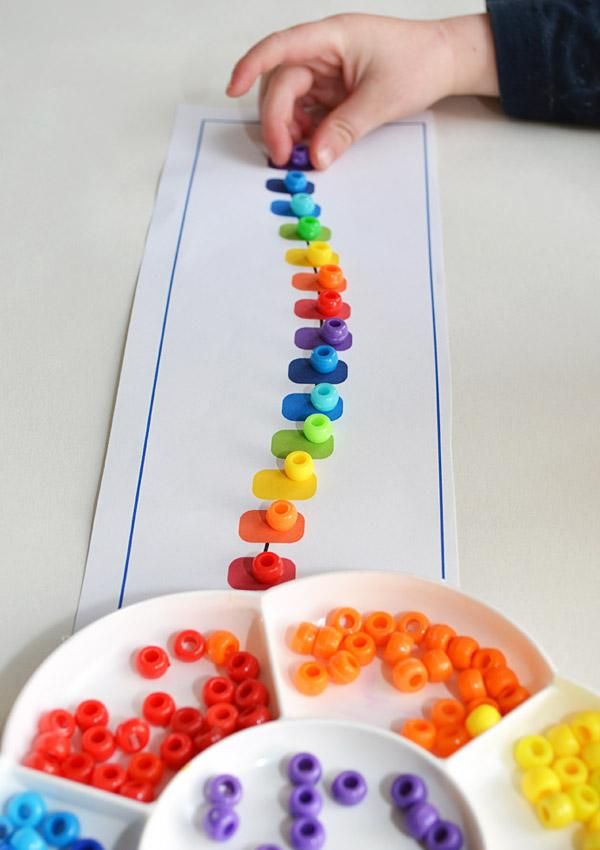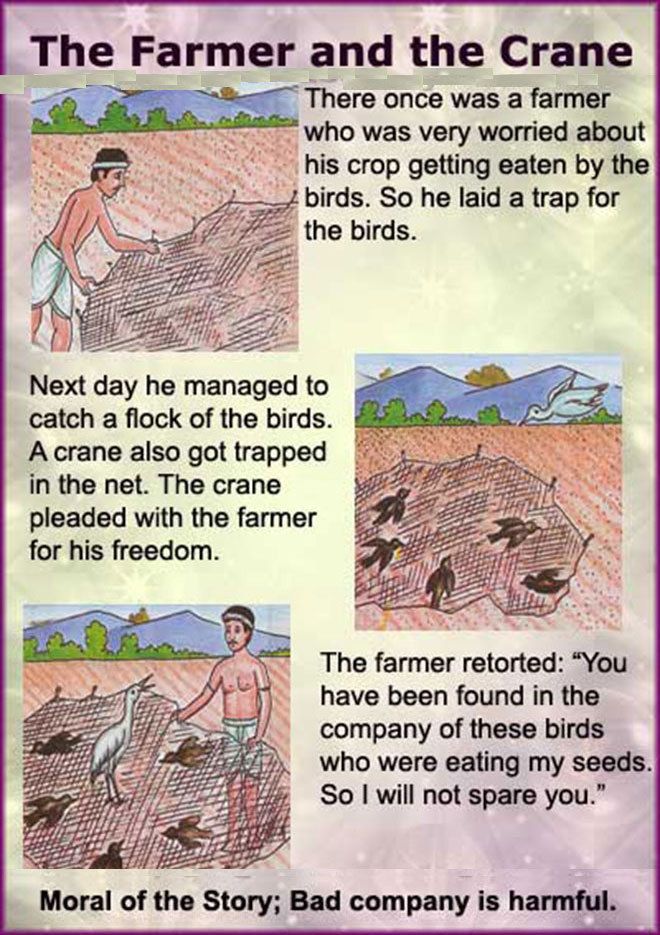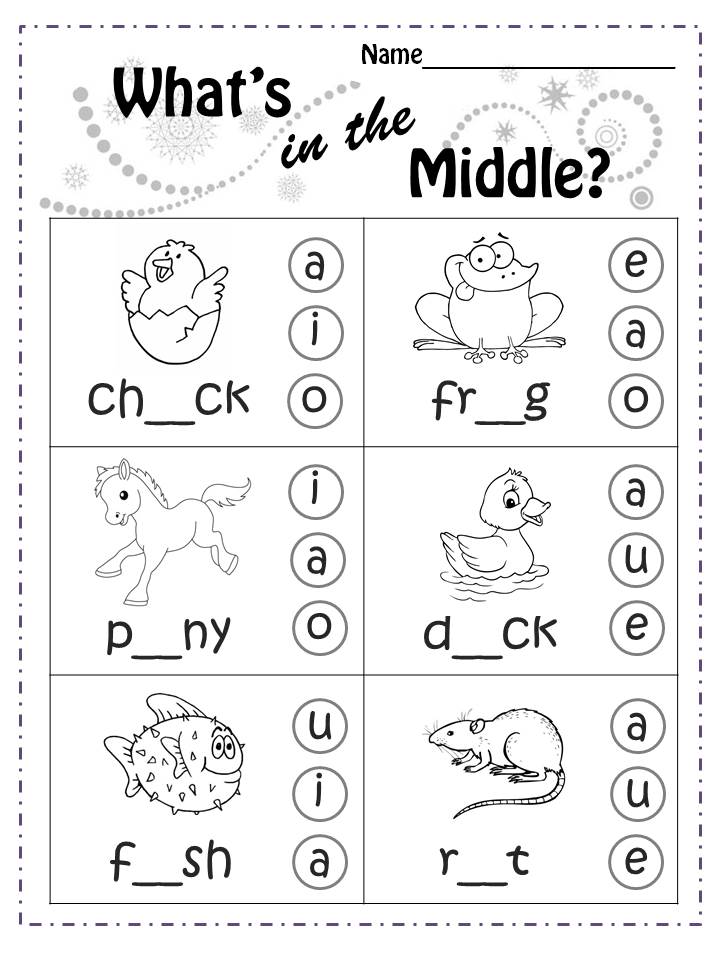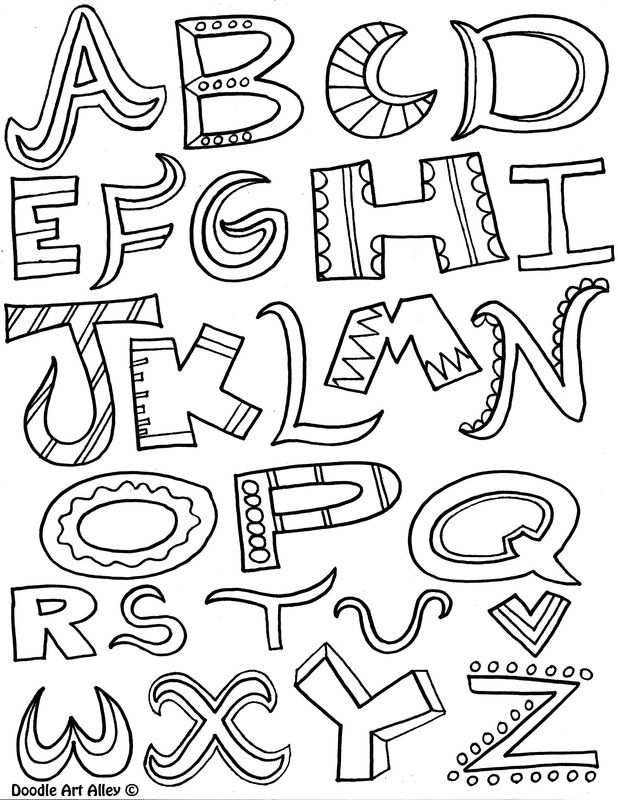Reading by age
Reading Milestones (for Parents) - Nemours KidsHealth
Reviewed by: Cynthia M. Zettler-Greeley, PhD
Nemours BrightStart!
en español Hitos en la lectura
This is a general outline of the milestones on the road to reading success. Keep in mind that kids develop at different paces and spend varying amounts of time at each stage. If you have concerns, talk to your child's doctor, teacher, or the reading specialist at school. Getting help early is key for helping kids who struggle to read.
Parents and teachers can find resources for children as early as pre-kindergarten. Quality childcare centers, pre-kindergarten programs, and homes full of language and book reading can build an environment for reading milestones to happen.
Infancy (Up to Age 1)
Kids usually begin to:
- learn that gestures and sounds communicate meaning
- respond when spoken to
- direct their attention to a person or object
- understand 50 words or more
- reach for books and turn the pages with help
- respond to stories and pictures by vocalizing and patting the pictures
Toddlers (Ages 1–3)
Kids usually begin to:
- answer questions about and identify objects in books — such as "Where's the cow?" or "What does the cow say?"
- name familiar pictures
- use pointing to identify named objects
- pretend to read books
- finish sentences in books they know well
- scribble on paper
- know names of books and identify them by the picture on the cover
- turn pages of board books
- have a favorite book and request it to be read often
Early Preschool (Age 3)
Kids usually begin to:
- explore books independently
- listen to longer books that are read aloud
- retell a familiar story
- sing the alphabet song with prompting and cues
- make symbols that resemble writing
- recognize the first letter in their name
- learn that writing is different from drawing a picture
- imitate the action of reading a book aloud
Late Preschool (Age 4)
Kids usually begin to:
- recognize familiar signs and labels, especially on signs and containers
- recognize words that rhyme
- name some of the letters of the alphabet (a good goal to strive for is 15–18 uppercase letters)
- recognize the letters in their names
- write their names
- name beginning letters or sounds of words
- match some letters to their sounds
- develop awareness of syllables
- use familiar letters to try writing words
- understand that print is read from left to right, top to bottom
- retell stories that have been read to them
Kindergarten (Age 5)
Kids usually begin to:
- produce words that rhyme
- match some spoken and written words
- write some letters, numbers, and words
- recognize some familiar words in print
- predict what will happen next in a story
- identify initial, final, and medial (middle) sounds in short words
- identify and manipulate increasingly smaller sounds in speech
- understand concrete definitions of some words
- read simple words in isolation (the word with definition) and in context (using the word in a sentence)
- retell the main idea, identify details (who, what, when, where, why, how), and arrange story events in sequence
First and Second Grade (Ages 6–7)
Kids usually begin to:
- read familiar stories
- "sound out" or decode unfamiliar words
- use pictures and context to figure out unfamiliar words
- use some common punctuation and capitalization in writing
- self-correct when they make a mistake while reading aloud
- show comprehension of a story through drawings
- write by organizing details into a logical sequence with a beginning, middle, and end
Second and Third Grade (Ages 7–8)
Kids usually begin to:
- read longer books independently
- read aloud with proper emphasis and expression
- use context and pictures to help identify unfamiliar words
- understand the concept of paragraphs and begin to apply it in writing
- correctly use punctuation
- correctly spell many words
- write notes, like phone messages and email
- understand humor in text
- use new words, phrases, or figures of speech that they've heard
- revise their own writing to create and illustrate stories
Fourth Through Eighth Grade (Ages 9–13)
Kids usually begin to:
- explore and understand different kinds of texts, like biographies, poetry, and fiction
- understand and explore expository, narrative, and persuasive text
- read to extract specific information, such as from a science book
- understand relations between objects
- identify parts of speech and devices like similes and metaphors
- correctly identify major elements of stories, like time, place, plot, problem, and resolution
- read and write on a specific topic for fun, and understand what style is needed
- analyze texts for meaning
Reviewed by: Cynthia M. Zettler-Greeley, PhD
Date reviewed: May 2022
Reading Development and Skills by Age
Even as babies, kids build reading skills that set the foundation for learning to read. Here’s a list of reading milestones by age. Keep in mind that kids develop reading skills at their own pace, so they may not be on this exact timetable.
Babies (ages 0–12 months)
- Begin to reach for soft-covered books or board books
- Look at and touch the pictures in books
- Respond to a storybook by cooing or making sounds
- Help turn pages
Toddlers (ages 1–2 years)
- Look at pictures and name familiar items, like dog, cup, and baby
- Answer questions about what they see in books
- Recognize the covers of favorite books
- Recite the words to favorite books
- Start pretending to read by turning pages and making up stories
Preschoolers (ages 3–4 years)
- Know the correct way to hold and handle a book
- Understand that words are read from left to right and pages are read from top to bottom
- Start noticing words that rhyme
- Retell stories
- Recognize about half the letters of the alphabet
- Start matching letter sounds to letters (like knowing b makes a /b/ sound)
- May start to recognize their name in print and other often-seen words, like those on signs and logos
Kindergartners (age 5 years)
- Match each letter to the sound it represents
- Identify the beginning, middle, and ending sounds in spoken words like dog or sit
- Say new words by changing the beginning sound, like changing rat to sat
- Start matching words they hear to words they see on the page
- Sound out simple words
- Start to recognize some words by sight without having to sound them out
- Ask and answer who, what, where, when, why, and how questions about a story
- Retell a story in order, using words or pictures
- Predict what happens next in a story
- Start reading or asking to be read books for information and for fun
- Use story language during playtime or conversation (like “I can fly!” the dragon said.
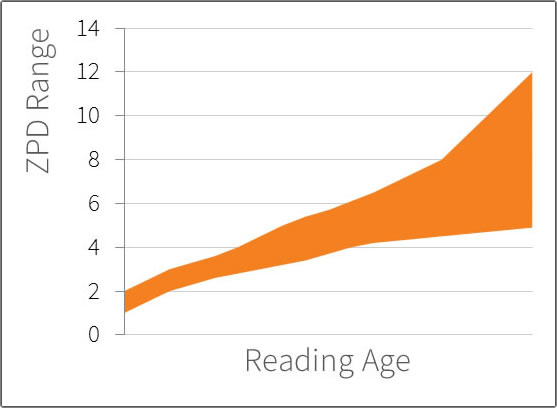 “I can fly!”)
“I can fly!”)
Younger grade-schoolers (ages 6–7 years)
- Learn spelling rules
- Keep increasing the number of words they recognize by sight
- Improve reading speed and fluency
- Use context clues to sound out and understand unfamiliar words
- Go back and re-read a word or sentence that doesn’t makes sense (self-monitoring)
- Connect what they’re reading to personal experiences, other books they’ve read, and world events
Older grade-schoolers (ages 8–10 years)
- In third grade, move from learning to read to reading to learn
- Accurately read words with more than one syllable
- Learn about prefixes, suffixes, and root words, like those in helpful, helpless, and unhelpful
- Read for different purposes (for enjoyment, to learn something new, to figure out directions, etc.)
- Explore different genres
- Describe the setting, characters, problem/solution, and plot of a story
- Identify and summarize the sequence of events in a story
- Identify the main theme and may start to identify minor themes
- Make inferences (“read between the lines”) by using clues from the text and prior knowledge
- Compare and contrast information from different texts
- Refer to evidence from the text when answering questions about it
- Understand similes, metaphors, and other descriptive devices
Middle-schoolers and high-schoolers
- Keep expanding vocabulary and reading more complex texts
- Analyze how characters develop, interact with each other, and advance the plot
- Determine themes and analyze how they develop over the course of the text
- Use evidence from the text to support analysis of the text
- Identify imagery and symbolism in the text
- Analyze, synthesize, and evaluate ideas from the text
- Understand satire, sarcasm, irony, and understatement
Keep in mind that some schools focus on different skills in different grades. So, look at how a child reacts to reading, too. For example, kids who have trouble reading might get anxious when they have to read.
So, look at how a child reacts to reading, too. For example, kids who have trouble reading might get anxious when they have to read.
If you’re concerned about reading skills, find out why some kids struggle with reading.
Related topics
Reading and writing
from birth to adolescence
The following are different books that you and your child may encounter as they grow up:
Cardboard books
FROM BIRTH TO 3 YEARS
Cardboard books are small, thick cardboard books fit in baby's hands. They can be safely chewed and thrown at the wall. They are equally visual and verbal; The pictures explain the story as well as the text. Research shows that visual reading is an important precursor to verbal reading, and toddlers need to develop this skill. Image decoding and text decoding are parts of the same process. Becoming a reader begins as soon as your child begins to pay attention to cardboard books.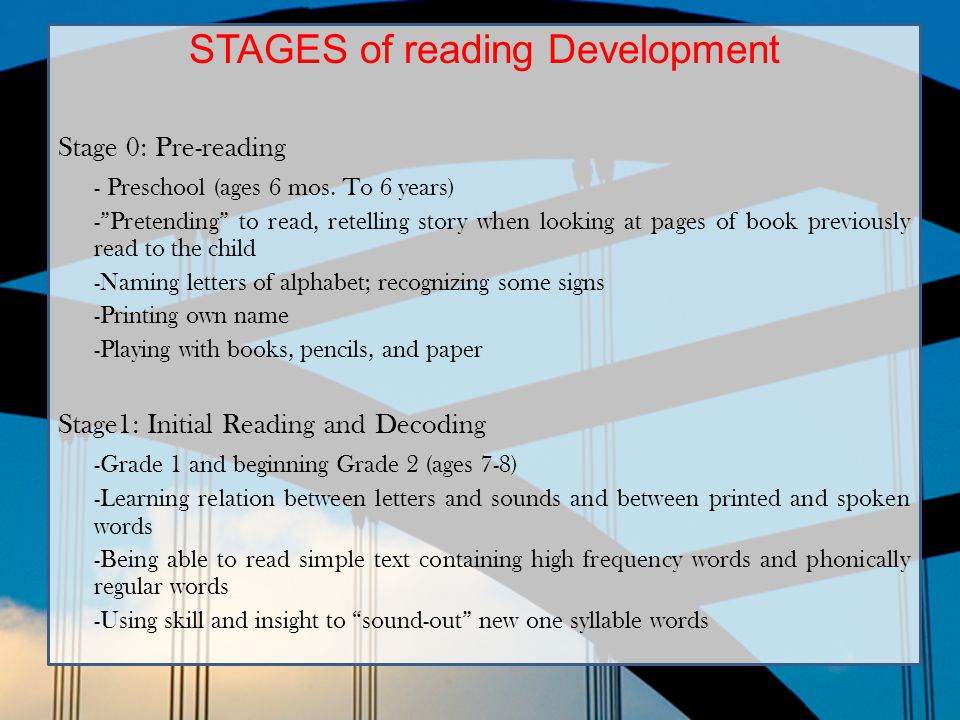
SIGNS OF A GOOD CARDBOOK
Familiar. Our little ones love to see their world reflected in the pages of books, including the faces of other babies and, it seems, household items such as a stroller, a bottle, or a crib. The pages of a simple cardboard book may be boring for you, but pay attention to what attracts your child to books and look for more similar books.
Beautiful illustrations. Cardboard books should include large, bright illustrations and few words. Very young children find it easier to perceive simple and large black and white pictures. As your child gets older, look for board books with rough color combinations and high quality illustrations. Babies won't necessarily appreciate the softer, gentler palettes that adults love.
Textures. Something that you can pull, twist, feel. (Babies love to touch and feel everything.) Once they learn to use their hands, cardboard books are a great way to make reading a tactile experience of the world, as well as introduce an element of surprise while telling a story.
AVOID
Cardboard versions of your favorite books. Not every book that can be illustrated fits this format. Art requires a certain scale, and there needs to be a solid, simple visual component to the story. Don't think it's a good idea to give your toddler a cardboard version of your favorite book. It is best to wait until your child is old enough to read your favorite book on their own in the format intended for them.
Sounds and trinkets. Toddlers can easily get overexcited and quickly tire of all those whistles and bells (not to mention you). Your lively, human voice is better anyway.
Lots of text. Too many words, as well as too sparse or finely detailed illustrations, are unlikely to attract the attention of a child. Every word in the cardboard book should count.
Picture books
2 to 8 YEARS
Picture books are larger than cardboard books, with (beware!) paper pages that can cut you.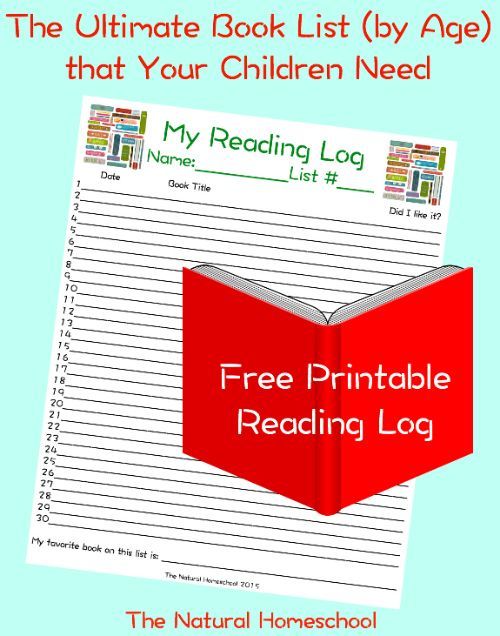 The stories in them tend to be slightly longer and more developed. You can introduce picture books to babies as well, but it's best to introduce picture books a little later. Your child's perception of the world is constantly expanding, and picture books tell more ambitious stories, discover new places, and help your child begin to understand and navigate every stage of life (new brother, starting preschool, conflict with a friend, fear of the dark, picky eating etc.).
The stories in them tend to be slightly longer and more developed. You can introduce picture books to babies as well, but it's best to introduce picture books a little later. Your child's perception of the world is constantly expanding, and picture books tell more ambitious stories, discover new places, and help your child begin to understand and navigate every stage of life (new brother, starting preschool, conflict with a friend, fear of the dark, picky eating etc.).
SIGNS OF A GOOD PICTURE BOOK
It skillfully combines beautiful illustrations and beautiful words. Picture books are not just fun, they are an art form. As with cardboard books, images don't just accompany words - they work in tandem with text to tell a story. Sometimes the text can be just terrible, but beautiful illustrations keep it afloat. (And if you're reading a picture book to your child before they can read, you can cheat and change the text a little so it's not so terrible.) But the "best" are the books you'll keep in your library. for many years, hoping that your children will pass them on to their children. They combine incredible illustrations with powerful, unforgettable text.
for many years, hoping that your children will pass them on to their children. They combine incredible illustrations with powerful, unforgettable text.
They are made by talented authors and illustrators. Some of the best picture books come from illustrators such as Maurice Sendak, Dr. Seuss, Leo Lionni, Jerry Pinkney, Lois Ehlert ) and Taro Gomi. These masters of the genre can make a picture book the most valuable thing in the world.
Books written and illustrated by different people can be just as amazing, combining word-oriented talent with a highly visual one—and you'll often find famous authors or illustrators filling just one of those roles. Maurice Sendak and Ruth Krauss, for example, collaborated on the classic A Hole Is to Dig. Most recently, Adam Rex and Christian Robinson collaborated on the charming book School's First Day of School. Tip: Find out the names of famous picture book authors, illustrators, and illustrators.
They pay attention to detail. Every inch of the picture book is thought out to the smallest detail, from the cover to the last page. Judge these books by their cover without a twinge of conscience! But even under the cover you will find wonderful surprises.
Every inch of the picture book is thought out to the smallest detail, from the cover to the last page. Judge these books by their cover without a twinge of conscience! But even under the cover you will find wonderful surprises.
They do not age. Great picture books never lose their magic no matter how many times you read them. “Where the Monsters Live”, “Snowy Day”, “Sunday Moon”, are books that you can read aloud to your children indefinitely and continue to enjoy.
They help you see between the lines. Some great picture books are wordless, such as David Wisner's The Wreckage, Jerry Pinkney's The Lion and the Mouse, and Susie Lee's The Wave. Books without words are a fantastic opportunity for your children to build visual speech and learn to decipher illustrations. Try this: have your child tell you what's happening on each page and ask leading questions like "why do you think that?"
They use animals to create allegories that teach children morality. A huge number of the best picture books use animal protagonists, such as "Quak and the Toad", "Little Bear" and "Petenka the Cat's Colored Buttons". The trick is not only that children love animals - furry little brothers allow you to look at ordinary problems from an emotionally safe point of view. Also, animals are often not assigned a gender, so such books are suitable for any small reader.
A huge number of the best picture books use animal protagonists, such as "Quak and the Toad", "Little Bear" and "Petenka the Cat's Colored Buttons". The trick is not only that children love animals - furry little brothers allow you to look at ordinary problems from an emotionally safe point of view. Also, animals are often not assigned a gender, so such books are suitable for any small reader.
They make facts interesting. Not every picture book tells a story. Many of the most memorable books approach their task from a different perspective: they tell about the most amazing things in the world, breaking the story down into small, easily digestible fragments. Richard Scarry's books, for example, show children a lot of interesting things and insert mini-stories that are easy to grasp. For many children, picture books, organized like catalogs or encyclopedias, are often more exciting than stories. And even children who love stories sometimes like to dive headlong into these books of interesting facts.
For those who are quick learners to read
4-7 YEARS
Books for early readers use limited words and are filled with illustrations. Most look a little more serious than picture books. They often have simpler, more elongated and thinner covers. Many are released under titles like "I Can Read" or "Step to Reading" and have three to four levels. Such books can always be distinguished by a large number or letter on the cover, indicating the level of this book. Your child may come across such books at school or kindergarten. For this reason, parents rarely bring them home, but there are many books for early readers that do not create an oppressive atmosphere of ranks and levels.
SIGNS OF A GOOD BOOK FOR EARLY READERS
Fun. Adventures. Playfulness. Such books are designed to lure your child into the world of readers. It is a jump full of inspiration, success and joy. But if your child constantly feels judged, or that their level of development is being paid too much attention to, the experience may not be all that fun.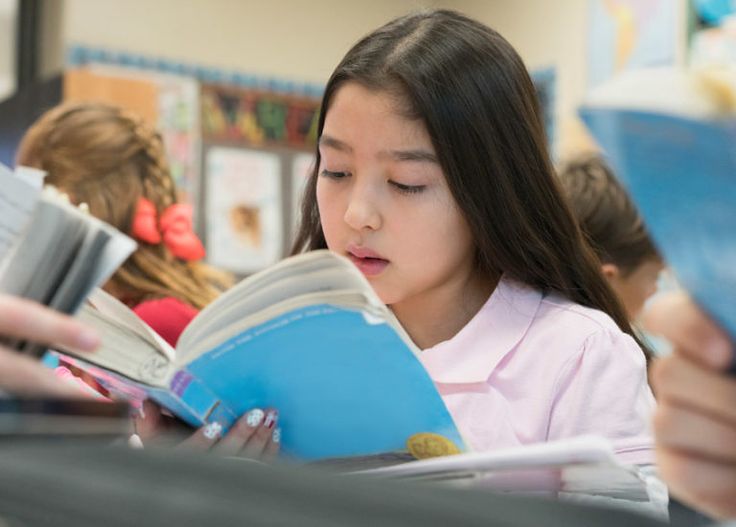 Moreover, it can hinder learning. You can help by making sure that the books your child reads are of interest and delight. Dr. Seuss revolutionized this category and set a standard that still stands today, so be sure to check out his section when choosing books. Regardless of the topic or story, reading a book should create a feeling of a club that the child wants to be a part of, not a class where you need to get grades.
Moreover, it can hinder learning. You can help by making sure that the books your child reads are of interest and delight. Dr. Seuss revolutionized this category and set a standard that still stands today, so be sure to check out his section when choosing books. Regardless of the topic or story, reading a book should create a feeling of a club that the child wants to be a part of, not a class where you need to get grades.
Rhymes. Many books for early readers are written in the form of poems or use rhymes to help the reader understand the meaning of words they may not be familiar with. Word repetition and word patterns are also commonly used techniques.
Good quality and interesting illustrations. The pictures on each page of the book are designed to help early readers decipher unfamiliar words. Make sure the book has an attractive design. Many books for early readers do not use a large number of words—sometimes only a couple per page. Be sure your child reads every word in this book.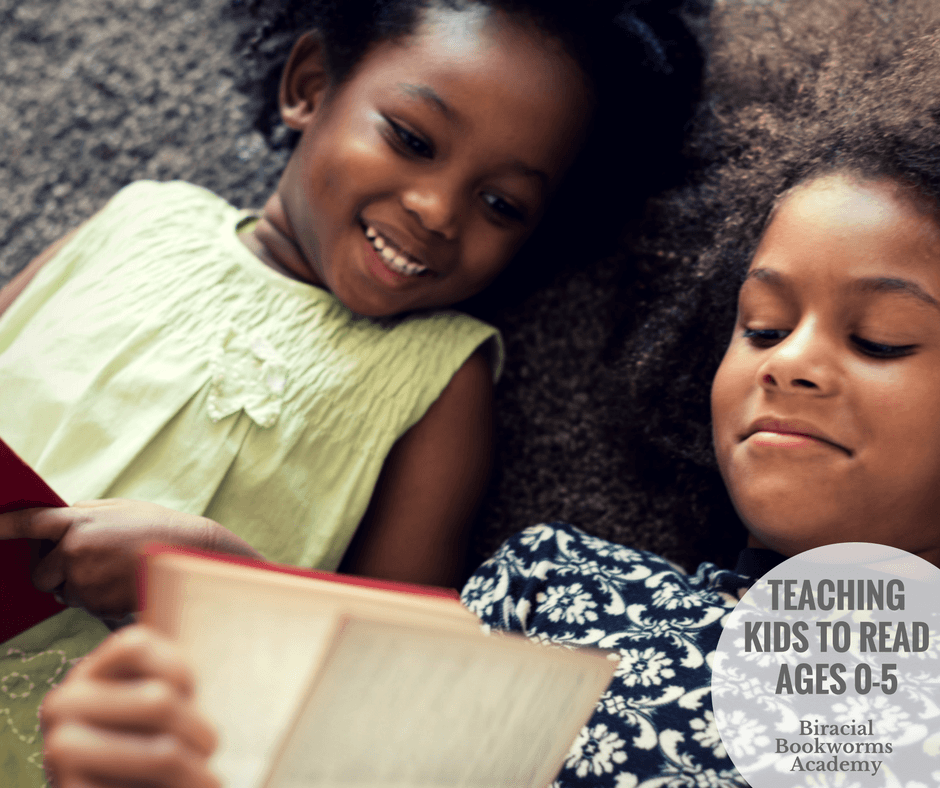 This is a satisfying and impressive achievement.
This is a satisfying and impressive achievement.
Books with multiple chapters
6-10 YEARS
When children outgrow the level of early readers, books with multiple chapters begin to appeal to them. If not, give them these books, perhaps they are already ready, or will soon be ready to read them. This is an exciting moment! Something about the gradual transition from chapter to chapter makes little elementary school students feel like adults. Books with many chapters for younger readers are usually released in series, because after finishing a book, children often want more stories with their favorite characters.
WHAT TO LOOK FOR
Eternal friends, complicated plot. Remember heroes like Henry Huggins, Ribzy, Beatrice Quimby, Nancy Drew, Fern, Charlotte and Stuart Little? Books with chapters are where your child will meet characters who will become important friends - they will play a big part in the young reader's life as they grow into a more independent, self-sufficient individual.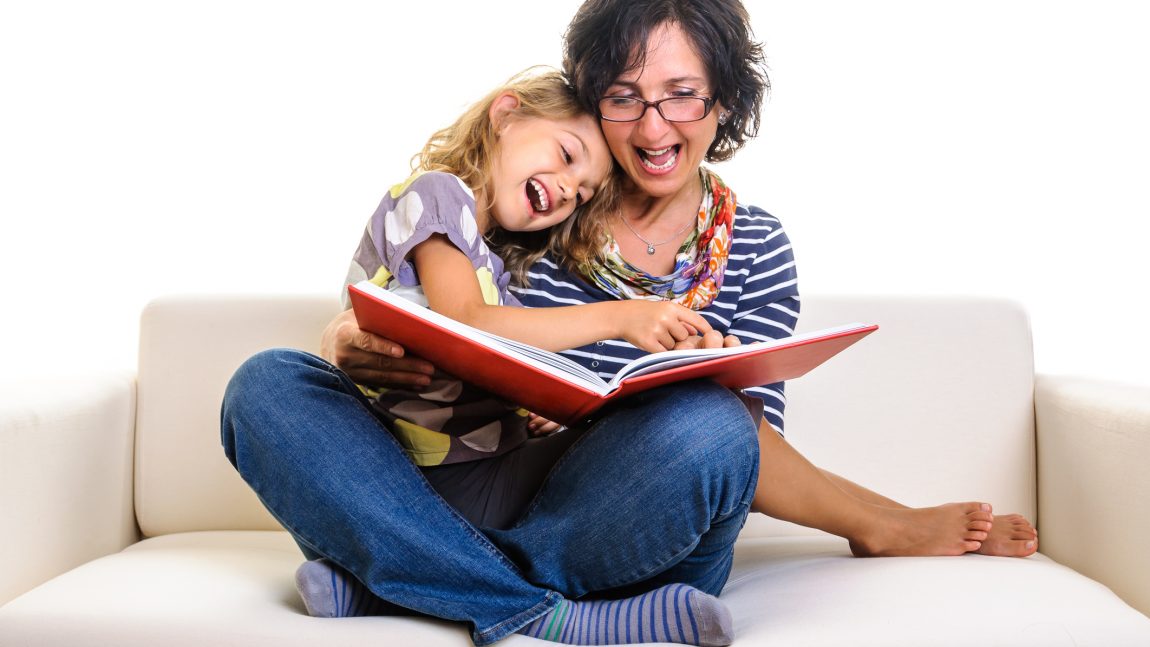 In these books, children begin to read longer, more intricate stories that take them into an enchanting and immersive fantasy world with their own rules and logic, and discover stories that will guide them through the many changes they will soon face in their environment. world and within themselves.
In these books, children begin to read longer, more intricate stories that take them into an enchanting and immersive fantasy world with their own rules and logic, and discover stories that will guide them through the many changes they will soon face in their environment. world and within themselves.
Visual interest is still important. If your child is still having difficulty with material that is difficult for him, look for more visual books with at least an illustration on each page. Books like the Magic Tree House or The Notebook of Doom series are just right in such situations. These books are often unfairly dismissed as too "simple" or "cartoonish", but you should ignore these prejudices. The best books in this series full of illustrations are just great!
WHAT TO AVOID
Reluctance to try new things. Huge franchises of such books take up a huge amount of space on the bookshelves, so try to introduce your little reader to new, lesser-known series of books, many of which are better from a literary point of view, better illustrated and written in more interesting language. The books in some of these series are best read in order, but in general you can start anywhere. Also, long episodes are a good reason to become a library regular!
The books in some of these series are best read in order, but in general you can start anywhere. Also, long episodes are a good reason to become a library regular!
Books for Middle School Students
8 - 12 YEARS
Many consider books for this age to be the best in children's literature because they focus on the golden years of childhood. This is the time before a series of changes, difficulties and new responsibilities that children will face in adolescence. Such books do not contain the level of violence and sex that is acceptable later in teen novels, although some books for middle school students are intentionally age-appropriate and may contain light scenes of kissing or violence.
The recommended age range is usually not shown in the book itself. You can find it on the publisher's website (sometimes!) or in an authoritative review, but be aware that your child may or may not be ready for a book with some content intended for older children.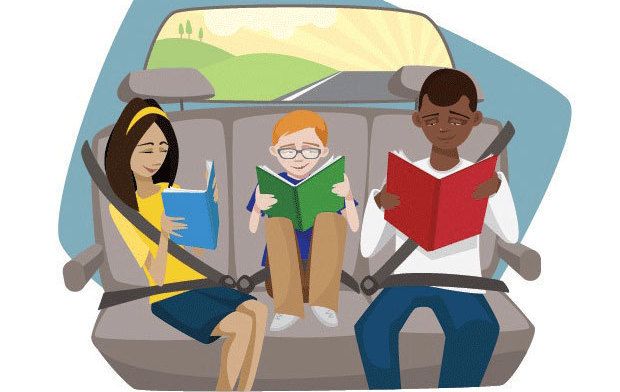 If your child brings home a book that you do not approve of, you will have to decide on the spot whether to forbid him to read it or not. But keep in mind that when it comes to books—as opposed to movies or TV shows—children can easily lose interest or skip material they're not emotionally ready for.
If your child brings home a book that you do not approve of, you will have to decide on the spot whether to forbid him to read it or not. But keep in mind that when it comes to books—as opposed to movies or TV shows—children can easily lose interest or skip material they're not emotionally ready for.
WHAT TO LOOK FOR
What is my place in this big crazy world? Children of this age are interested both in defining their own personality and in exploring questions about the big world. A good book for middle school children can be surprisingly philosophical, covering concepts like honesty, justice, freedom, and compassion. Some of the best books are historical literature, dealing with difficult periods of time such as the Civil War or the Great Patriotic War, the Holocaust, and so on. They often deftly present real issues that your child is just beginning to understand in an age-appropriate way: topics such as racism, refugees, foster care, and mental illness. Tip: No matter how difficult your child is going through - bullying, the end of friendships, social anxiety, moving, death, or illness in the family - there is always a good book that can help him get through it. Ask a librarian or experienced bookseller for a recommendation.
Ask a librarian or experienced bookseller for a recommendation.
The child is in the spotlight. In great books for preteens, children are the main characters; they solve problems, go on adventures, are not attached to adults, and are usually the stars of their shows. This is why orphans are so common in classic children's literature. Even in modern fiction, the story's parents are dead or unavailable for some reason, leaving the hero children to bravely face all odds alone.
But adults also count. However, every good book for this age will have at least one great adult character, and sometimes more. At this age, children begin to understand that the adult world is wrong, but they still need role models to help and guide them.
Series are still great. Just like readers of multi-chapter books, kids this age don't like to part quickly with their favorite characters. Series of such books are more fantasy oriented than realism, so in each book, young readers are likely to learn more about the rules, history and structure of the world described in the series.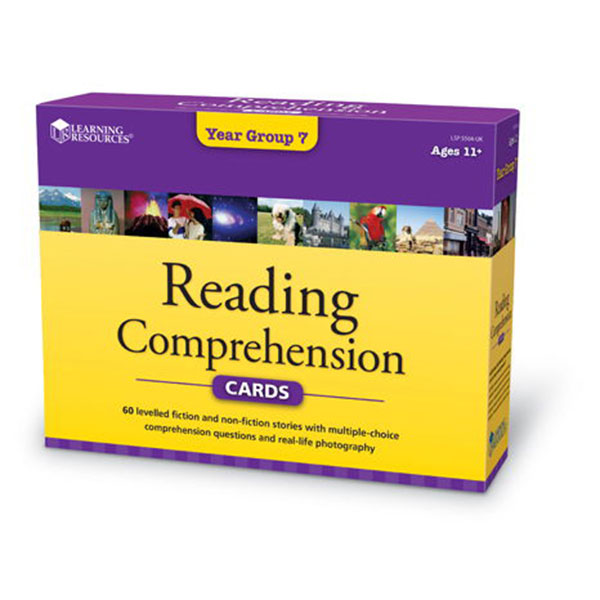
The fantasy world rules. Many of the best books for this age are fantasy, and some of the best fantasy novels were originally intended for middle-class readers (from A Wrinkle in Time to Some Magical Kid). At this age, readers love to escape from reality through reading. That's what fantasy novels were made for - they offer completely thought-out other worlds that have their own rules, different enough from reality that the young reader can speculate about the similarities between the rules of both worlds.
Teenagers
12 YEARS OVER
The young adult category is a relatively recent invention designed to describe books written about and for teenagers. These books range from the lyrical and literary to the flamboyant and commercial, but they all focus on growing up themes such as interpersonal conflicts or the first serious romantic relationship. Dark themes like suicide, depression, and bullying are common these days.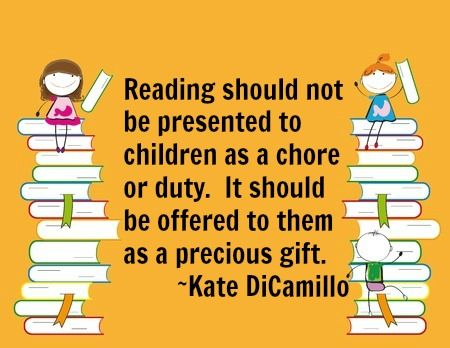
Source
List of books to read at 2-3 years old - Best books for children 2-3 years old - Kids Russian Books
he gradually begins to realize the meaning of the stories described, to understand the plot, to express his opinion about what he heard and saw. It's time to start more serious and meaningful reading!
How to read?
- Turn reading into a pleasant ritual for your baby. For example, do it before bed, after breakfast, or before nap. The environment plays a big role - beautiful pillows, a soft blanket, favorite toys, a beautiful lamp create a feeling of comfort, safety, tranquility and enhance the pleasant reading experience.
- Read the same work many times if the child asks for it. Such a request indicates that this particular book resonated in the soul of the baby. Use repeated reading to develop imagination and creativity - ask your child to continue a sentence or come up with their own ending to a familiar fairy tale.
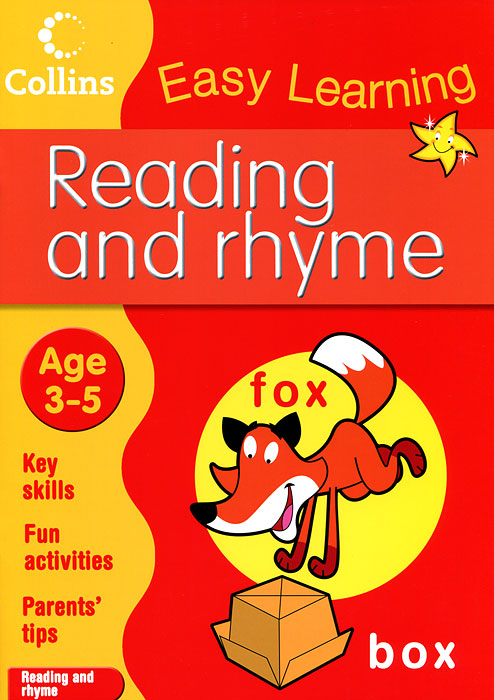
- Do not be afraid to take on texts with words that you think are unfamiliar to the child. Children understand the meaning of many words in fairy tales and poems intuitively, from the context. The more new words are found in the text, the more intensively the child's vocabulary will expand.
What to read?
- Kind and instructive folk tales
- Author's tales of the classics of children's literature
- Poems and fairy tales in verse
- Poetic riddles
- Stories about nature and animals
Which books to choose?
- Editions with simple, well-executed illustrations that match the text on each page.
- Works with concise and meaningful text, a limited number of characters and a simple storyline.
- Timeless books. Focus on your own memories, think about what works you remember from childhood.
- Durable and not too expensive books for you - children at 2-3 years old do not yet realize how easy it is to damage a book.

List of books for children 2-3 years old.
Folk tales
When choosing folk tales, give preference to kind stories, because children at this age are very impressionable and can be frightened if the tale is scary.
The best folk tales for children 2-3 years old:
Turnip, Hen Ryaba, Gingerbread man, Teremok, Zayushkina hut, Fear has big eyes, Masha and the bear, Three bears, Cockerel and bean seed, Tar goby, Geese-swans, Fox and crane, Hare-bounce, By pike command , Fox and black grouse, Tops and roots, Chanterelle-sister and wolf, Chanterelle with a rolling pin, Winged, hairy and oily, Cockerel - Golden Scallop, Mitten, Bubble, Straw and Bast Shoes, Cockerel and Hen, Wintering of animals, Dereza Goat, Two greedy bear cub, Three little pigs, Grandmother, granddaughter, and a chicken, Wolf and goat, Like a dog looking for a friend, Tiny havroshechka, Visiting the sun, Princess frog.
Fairy tales by Russian authors
At the age of 2-3 it is still too early to read fairy tales about magic, princes and princesses, fabulous creatures and unknown lands to children. The best choice for children of this age are fairy tales in verse and short classic fairy tales with a linear plot and simple characters - people or animals. In addition to the classics of children's literature and European storytellers, whose works have been retold to children for more than one hundred years, it is also worth paying attention to the fairy tales of children's foreign authors of the 20th century, translated into dozens of languages. High-quality modern editions of foreign books help out parents who ask themselves the question “What else to read?” When Russian children's classics have already been read to holes, and instill in children a good taste and interest in reading.
The best fairy tales of Russian authors for children 2-3 years old:
- Korney Chukovsky - Tsokotuha Fly, Cockroach, Telephone, Moidodyr, Stolen Sun, Aibolit, Fedorino Gora, Barmaley, Confusion, Chicken.
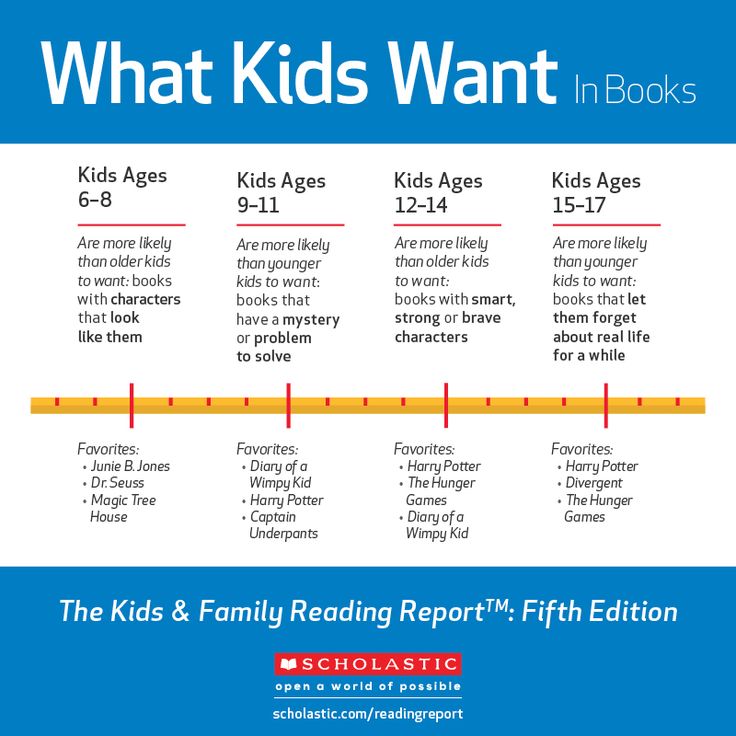
- Vladimir Suteev - Under the Mushroom, Apple, Chicken and Duckling, Three Kittens, Terem-Teremok, Different Wheels, Rooster and Paints, Magic Wand, Mouse and Pencil, Sack of Apples, Who Said Meow?, Fisherman Cat, Boat, About a hippopotamus who was afraid of vaccinations.
- Grigoriy Oster - A kitten named Woof, Some trouble, It's easier to go down, Where is it better to be afraid?, The middle of a sausage, It's not fair, A well-hidden cutlet, I'm not at home, Echo, The shadow understands everything, Secret language, Let's get acquainted, Pif's adventures .
- Gennady Tsyferov - An elephant cub lived in the world, Chu-Chu the train, How to become big, Who is kinder to whom, How the donkey bathed, Pies, Stupid frog, Diary of a bear cub, Live motorcycle, How frogs drank tea, When there are not enough toys, Mishkin's pipe , You have to think, Clouds, Cloud milk, Lonely donkey, Train from Romashkovo, Steamboat, Cockerel and the sun, About an elephant and a bear cub, Scarecrow, Sweet house.

- Mikhail Plyatskovsky - Bare feet on a leather walk, A bug that wanted to become big, A long neck, A hedgehog that you can stroke, Buzzard, Green frog and yellow water lily, Like two foxes shared a hole, Like a donkey Alphabet learned to respect elders, Like a duckling Kryachik I lost my shadow, Colorful animals, The sun as a keepsake.
- Boris Zakhoder – Why the fish are silent, Piglet on the Christmas tree, Teddy Bear, Little Mermaid.
- Vladimir Dal - Girl Snow Maiden, About a mouse-hole, Crane and a heron, Cancer outwitted a fox, Fox-bastfoot, Fox and Hare, Fox and Bear, Picky.
- Vitaliy Bianki - Fox and mouse, How Fox outwitted Hedgehog, Teremok, Sly Fox and Clever Duck, First hunt, Terenty-Teterev, Fox and mouse, Arishka-coward, Tails.
- Dmitry Mamin-Sibiryak - Gray Neck, The Tale of Komar Komarovich, The Tale of the Goat, The Tale of the Brave Hare, The Parable of the Milk, the Oatmeal Porridge and the Gray Cat Murka, The Tale of How the Last Fly Lived, The Tale of the Sparrow Vorobeich , Ersh Ershovich and cheerful chimney sweep Yasha.
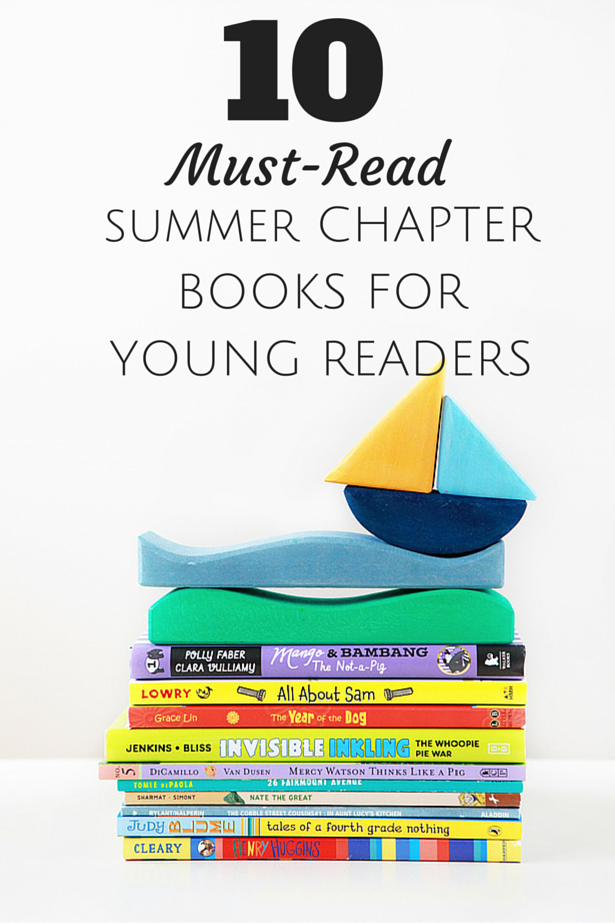
- Sergey Mikhalkov – Why mice don't offend cats, I want to butt heads, Greedy hare, Mirror, Magic word, Portrait, What the cat imagined about itself.
- Ekaterina Karganova - Like a chicken was looking for a voice, Chunya, Little mouse song, Let there be a "croak", Who is the most beautiful?
- Emma Moszkowska - Someone else's carrot, Gopher, who wanted to be like a man, Who is the kindest, I can also buy such a suitcase, The chicken went to Kud-Kudaki.
- Vladimir Stepanov - Road to the Mill, Miller and the Bear, Freckles, Silver Key, Penguin and Flower, Horseshoes, Rooster and Robbers.
- Sofia Prokofieva – The Tale of the Ill-mannered Little Mouse, Masha and Oika, The Tale of the Shoes.
- Leo Tolstoy - About a city mouse and a field mouse, Lipunyushka, A calf on ice, Oak and hazel, Mice, a wolf and a goat, How a man divided geese, Two comrades, A mouse, a rooster and a cat, Already and a hedgehog.

- Boris Zhitkov - Brave duckling, Mug under the Christmas tree, Flower, Soap, Evening.
- Vsevolod Garshin - Frog Traveler
- Valentina Oseeva - Talkers, What a day?, Kind hostess.
- Valentin Berestov – Honest caterpillar, braggart snake, How to find a path, Stork and nightingale.
- Alexander Vvedensky - Meow.
- Natalia Dilaktorskaya – Adventures of the Gray Malamysh.
- Isaac Kipnis - A kitten that forgot how to ask for food.
- Konstantin Ushinsky - Know how to wait, The wind and the sun, As it comes around, it will respond, The kids and the wolf, The rogue cat, Two goats.
- Galina Lebedeva - How Masha quarreled with the pillow, How Masha nursed the crows, About the snowman.
- Valentin Kataev - A pipe and a jug, a gingerbread house, a seven-flowered flower.
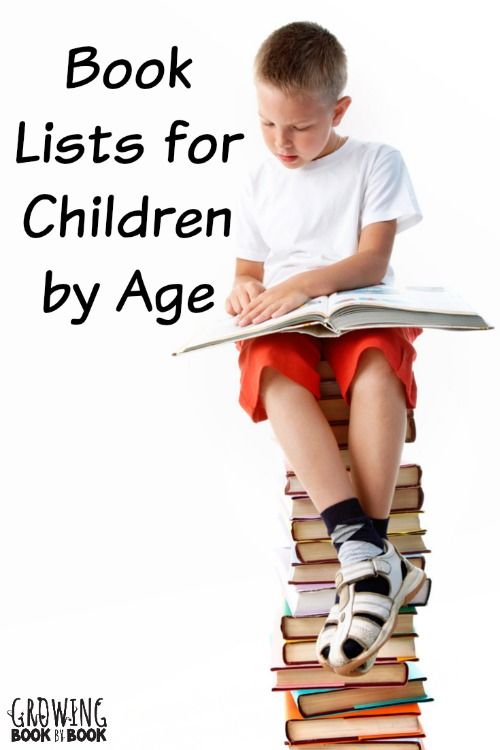
- Yuri Yakovlev - Umka.
The best foreign fairy tales for children 2-3 years old:
- Hans Christian Andersen - Thumbelina, The Ugly Duckling, The Princess and the Pea.
- Jacob and Wilhelm Grimm - Bremen town musicians, Wolf and seven kids, Friendship of a cat and a mouse, A pot of porridge, Brownies.
- Charles Perrault - Little Red Riding Hood, Cinderella, Puss in Boots, Sleeping Beauty.
- Alf Preussen - About a kid who could count to ten, Merry New Year.
- Lilian Moore - Little Raccoon and the one who sits in the pond
- Judith Kerr - The tiger who came for tea, Meowli. Stories from the life of an amazing cat.
- Enid Blyton - Famous Duck Tim
- Sven Nordqvist – Four Secrets of Findus, Where is Petson?, Come on, Petson!, Findus is moving, The story of how Findus got lost when he was little, Christmas in Petson's house, Petson is sad, Petson goes camping.

- Georg Johansson – Machines, Machines work, Mulle Mek and Buffa, How Mulle Mek and Buffa became friends, Mulle Mek assembles a car, Mulle Mek builds a house, Mulle Mek builds a boat, Mulle Mek makes an airplane, Mulle Mek in the workshop, Winter story.
- Gunilla Ingves - Bruno the Bear series.
- Michel Gay - Zebron Zu series.
- Rotrout Susanne Berner - series "Karlchen, father, mother and grandmother Nickel".
- Gabriel Vincent – Ernest and Celestine series.
- Nick Butterworth - Watchman Willie series.
- Mark Welthuis - Frog Kwak series.
- Lars Klinting - Castor Beaver series.
- Lina Zhutaute – Tosya Bosya series.
- Steve Smallman - Duck porridge.
- Beatrix Potter - Uhti-Tukhti.
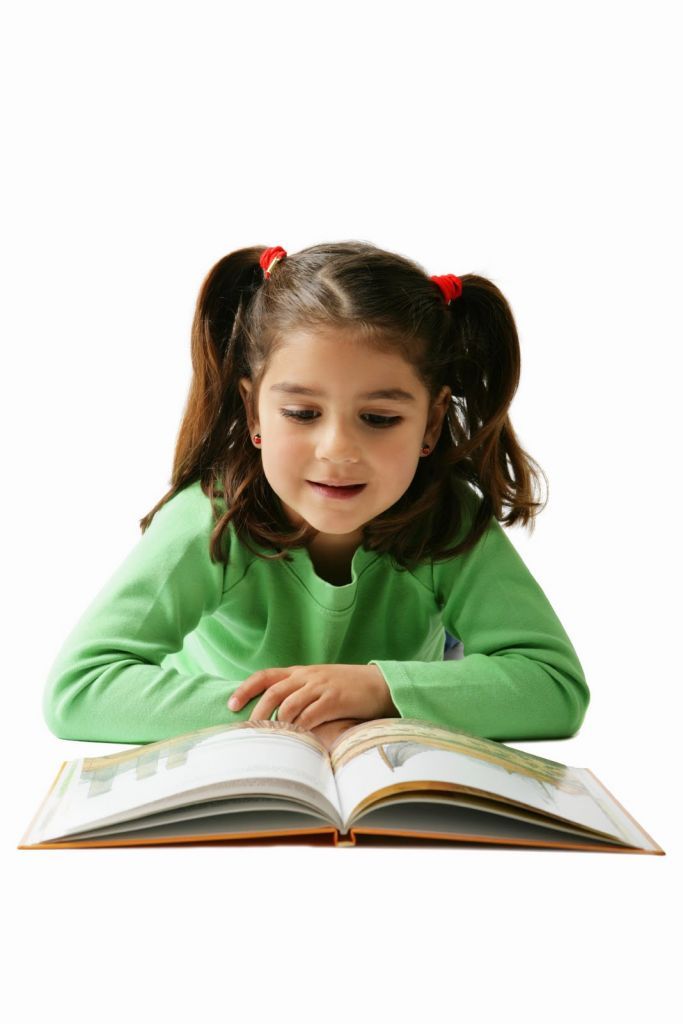
- Karol Roth – Bedtime Stories
- Elizabeth Shaw - Birthday of the Turtle, Carolina Snail, Kuzya Boar.
- Octave Panku-Yash – Big news about a little boy.
- Hans Fischer - Ember Kitten, Granny Lisetta's house.
- Eva Wieden - Sasha plays with cars.
- Erwin Moser – Shustrik and Tishka, New Adventures of Shustrik and Tishka.
- Sheridan Cave - Where to put the hare.
- Roger Duvoisien - Stupid Goose, Petunia Christmas, Donkey.
- Karin Norup – The story of how Benjamin saved Anastasia, The story of how Anastasia saved Benjamin.
- Alexandre Lacroix - Dragons, father and son.
- Benedict Blathaway - Red Engine series.
- Jorg Mülle - Two for me, one for you.

- Natalie Darzhan - Girlfriend Turkey.
- Frederic Star – Doctor Myshkin's ambulance.
Poems
Books with nursery rhymes are an obligatory attribute of a kid's library. Children like to listen to poems of all shapes and sizes - from quatrains to whole fairy tales. Poems heard and remembered in the first years of life form competent speech and correct pronunciation, develop memory. And the poems bring joy to children!
The best poems for children 2-3 years old:
- Agniya Barto - Cycles of poems "Toys" and "Younger Brother", A bell girl, Rope, Masha, I grew up, Tamara and I, Younger brother, Ignorant bear cub, Dirty girl, There are such boys, Helper, Bunny in the window, A conversation with my mother, Who screams like, Sparrow, Frogs, My grandmother had forty grandchildren.
- Samuil Marshak - Giant, Ball, Two blackbirds, Whoever finds the ring, Roly-poly, Big pocket, All year round, Doze and yawn, Wolf and fox, Children in a cage, Lesson of politeness, Rainbow-arc, About the hippopotamus, Where I dined , sparrow?, Adventure on the road, Pockmarked hen and ten ducklings, Tale of a stupid mouse, Tale of a smart mouse, Quiet tale, Funny account.

- Eduard Uspensky – Take care of the toys, What do the boys have in their pockets?, Colorful family, Matryoshka, Above our apartment, The tiger went for a walk, Ginger, Giraffes, Defeat, Decals, How we spent time, If I were a girl, About children who eat poorly in kindergarten, About wet pants, About courage, Fisherman.
- Boris Zakhoder - Dog's grief, My lion, Kitty's grief, Fly-Clean, Owl, Fox and mole, Song of frogs, Vanka-vstanka, Interrogative song, Rain, Hedgehog, Seal diligence, About catfish, About a flying cow, Kitty's mountain What the walrus dreams about, Counting, Monkey's house.
- Valentin Berestov – Naughty doll, New Year's incident, Teddy bear, Boastful bear, Murka, Monkey's swing, Kitten, Cat's puppy, Geese, Cloud, In the toy store, Bull, Sandbox, Sick doll, About the car
- Korney Chukovsky - Piglet, Hedgehogs are laughing, Bebeka, Sandwich, Tadpoles, Doctor, Christmas tree, Zakalyaka, Mumps, Elephant reading, Turtle.
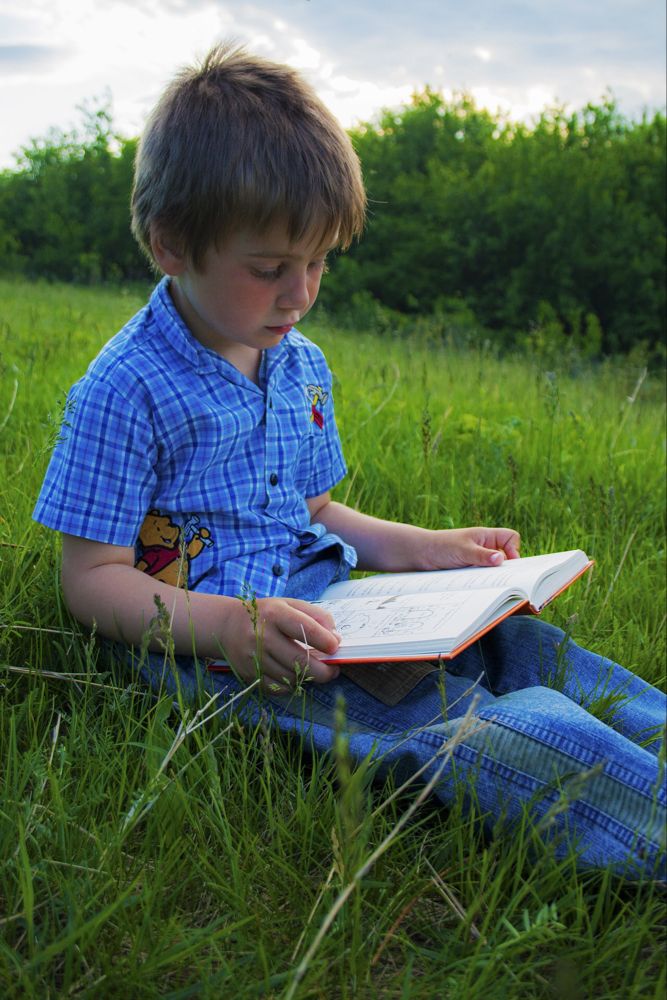
- Vladimir Stepanov - The little man from the rings, Cheerful tarantass, Who was the Goose afraid of?, Bunny coat, Round cat, Mishka raspberry, Little sorceress, Forest sleepers, Mittens for the fox, White tower - winter forest, New Year's Eve, How do you live? What are you chewing?, Moon Bunny.
- Yuri Kushak - A gift, What a kitten thinks about a puppy, Looking for a clown puppy, Kennel with a chimney, Plush dog, Friends about friends, Aquarium, Bought a ram bagels, A boat is sailing to visit, Polite kids.
- Andrey Usachev - On the father, Santa Claus, Gift, Invitation to the snail, Stick, Pape transporter, Rustling song, Ball, Chameleon, Smart magpie, Gift for mom, Where does the New Year come from, Honey song, When the owl goes to bed, How the crocodile screams.
- Mikhail Plyatskovsky - Sparrow's diary, I can count everything, Doctor Woodpecker, Pipe, Wind-up toy, Book's voice, I flew on a cloud, Whose mustaches grow, Firefly, From a smile it will become brighter for everyone, Annoying cricket, What a mushroom looks like, Frog song, Yulia-clean.
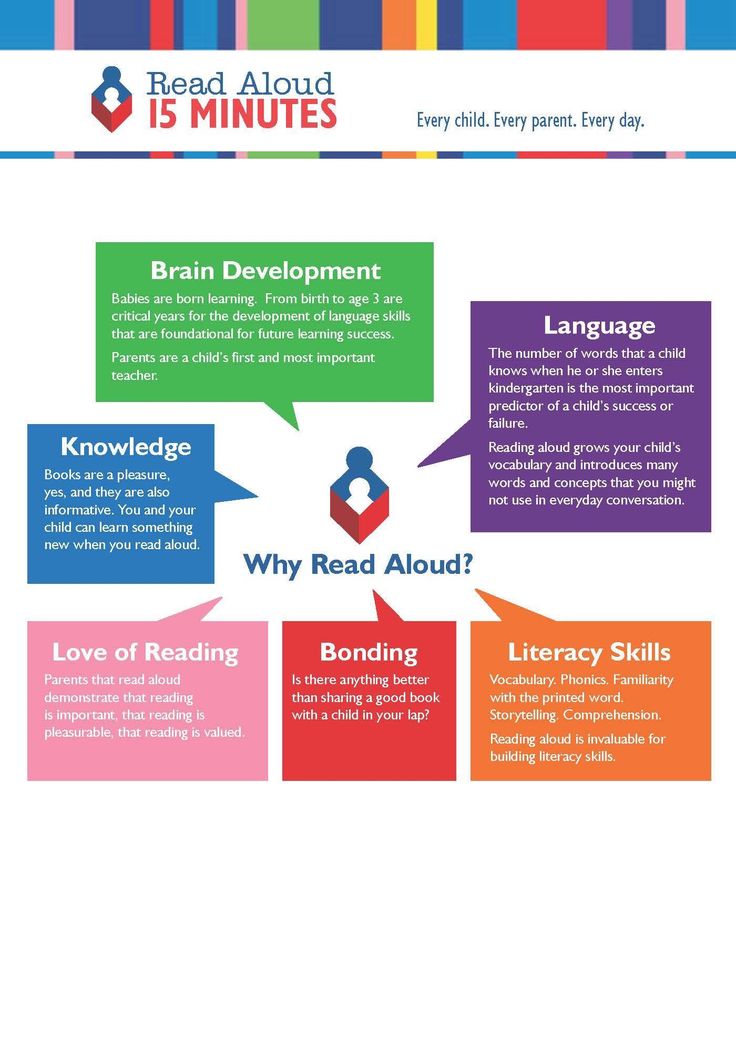
- Irina Tokmakova - Cuckoo, Zoo, Bear, Frogs, In a wonderful country, Where the fish sleeps, Let's play, Bainki, Tili-tili, Sleepy elephant, Porridge, Oh yes soup!, Stork, Grain, Rain, Good morning, Presented a dog, Buy a dog, Kittens, Apple tree, Ten flock of birds, Boat, Tili-tili, Let's play!
- Zinaida Alexandrova - My bear, Watermelon, Bainki, Squirrel, White Town, Big spoon, Delicious porridge, Guli-ghuli, Two girlfriends, Santa Claus, Christmas tree, Toys, Kittens, Cones, What I took, put it in place, Topotushki, Ducks, little white breasts, Snowball, One - Two - Three - Four - Five !, About a girl Yes and a boy No.
- Sergey Mikhalkov – Stubborn frog, Traffic light idler, Mosquito mosquito, Baker and dog, My puppy, Uncle Styopa, Trezor, Fingers, Kittens, What do you have?, Forest Academy, Fat beetle, Kitten, Song friends.
- Emma Moshkovskaya - Mitya - himself!, The train rushes, Whims, The rain went out for a walk, Masha and porridge, Morning order, The woodpecker wanted to drink, Greedy, Why the lion has a big mane, Sassy mice, There lived one little man in the world, I draw, Oleshka was born, Bulldog, Angina, Vase, What are the gifts, Grandfather Tree, Talking cat, Cunning old women, I love it when it's morning, Mole on the roof, What the brush said, How the hare learned to run, Everything for everyone.

- Elena Blaginina - Kitten, Echo, Rainbow, What a mother!, Sit in silence, Admire the toys! I get up like the sun, Cat-vorkot, Do not interfere with my work, Come, have a look!
- Vladimir Orlov - March 8, ABC of names, I found out that I have ..., Evening song, House under a blue roof, How to recognize your pig, Cat's boots, Summer, Colored milk, Spider, Two Flies, Magic pillow.
- Vladimir Mayakovsky – What is good and what is bad, Whatever the page, then an elephant, then a lioness.
- Lyubov Voronkova - Masha confused, Winter.
- Silva Kaputikyan - Masha is having lunch, The two of us, Good cloud, Playing on the phone, Swing, Who will finish drinking soon, Squish-squish, I'm already big.
- Genrikh Sapgir - "The most" words, Trained horse, Miracle forests, Clouds, About an apple, About a bear, Butterfly, About a sheep and a little man, Striped poems, Giant and giant, All the way around.
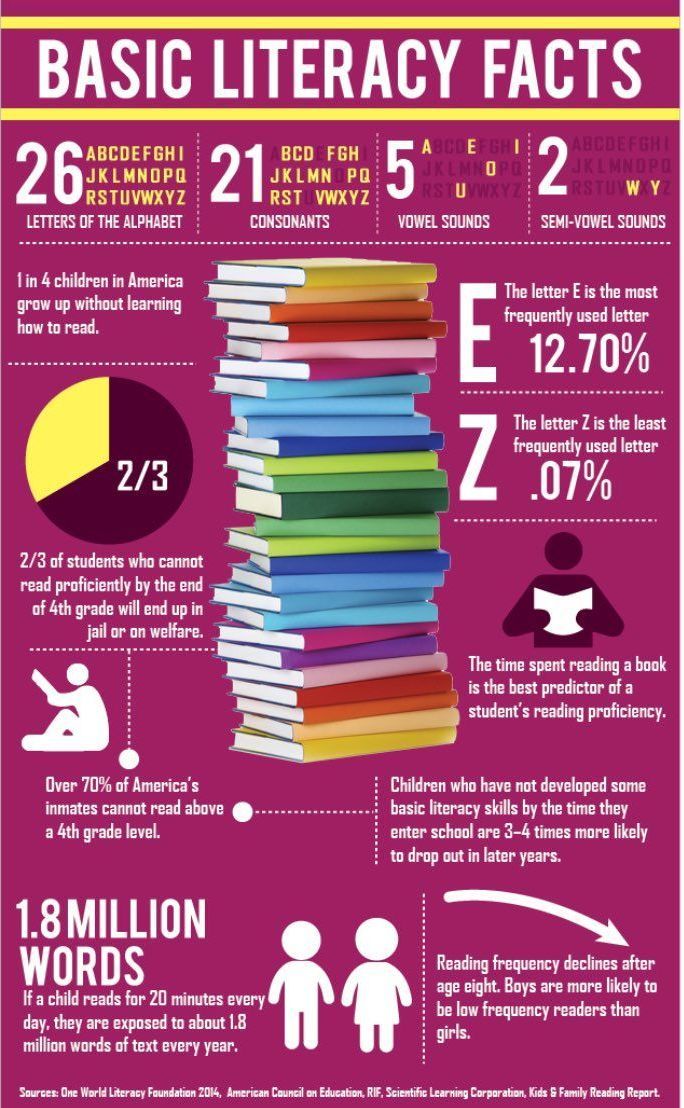
- Daniil Kharms - An amazing cat, I already ran, ran, ran, Fox and rooster, Bulldog and taxi driver, Cheerful old man, Delicious pie.
- Alexey Laptev – Peak, Pak, Pok; The strongest, Song, Galchonok, Two dewdrops, Braves, Musician, Chicken, Little mouse, Secret to the whole world, White-flanked Magpie, Chicken and mouse, Three geese, Lesson.
- Leonid Kulikov - A clever squirrel, About a cockerel, How a hedgehog became prickly.
- Lyubov Voronkova - Poor chicken, Pear apple, Tannin's pie, Grandma's business.
- Ivan Bursov - Hare, Snowflakes, Ninety-five hedgehogs, Spinning top, My plasticine giraffe, Multi-colored kittens, Two ducklings, Fashionista fly, Tricky sledge, Roly-poly, Multi-colored kittens, Elephant bought a bicycle.
- Galina Lebedeva - Ant country, Goby, Evening with mom, Vovka adventure, Sparrow, Hill, Tree, Woodpecker, Hedgehog, Bunny, Strawberry, Goat, Crocodile, Rabbit, Lion cub, March of frogs, Fly agaric, After the rain, Blue ball.
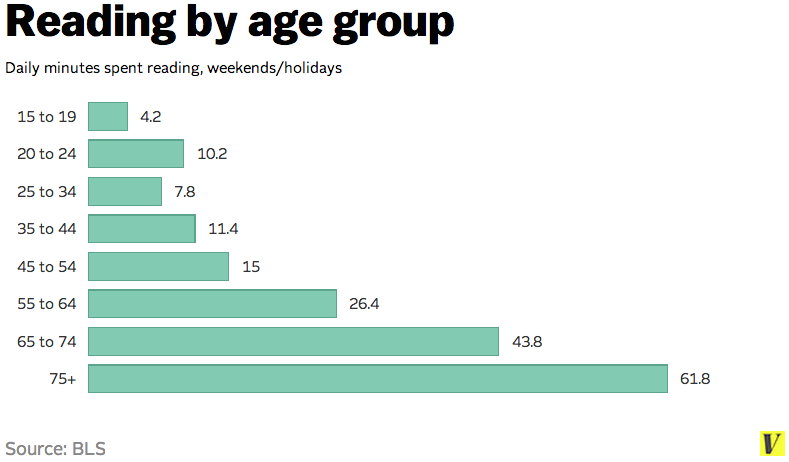
- Volt Suslov - Wheels, Watches.
- Nikolai Zabolotsky - How mice fought with a cat.
- Sergey Kozlov - Frogs, I'm lying in the sun, Clouds, white-maned horses, ABC for the smallest, A cloud frowns in the sky, Behemoth, Lullaby for a small catfish.
- Irina Pivovarova - Grandmother, I wish!, Important things, Hospitable mole, Two very brave rabbits, Hedgehog, There was a dog, Little pony at the doctor, Hare, Starfish, Snail, Simple secret, Lambs on the porch.
Educational guides
Bright, colorful and beautifully illustrated, today's child development guides make learning fun. Classes on such benefits do not require parents time to search for material and special skills, since they contain correctly selected tasks and detailed recommendations on how to develop a child.
The best educational books and series for children aged 2-3:
- ABC with large letters .
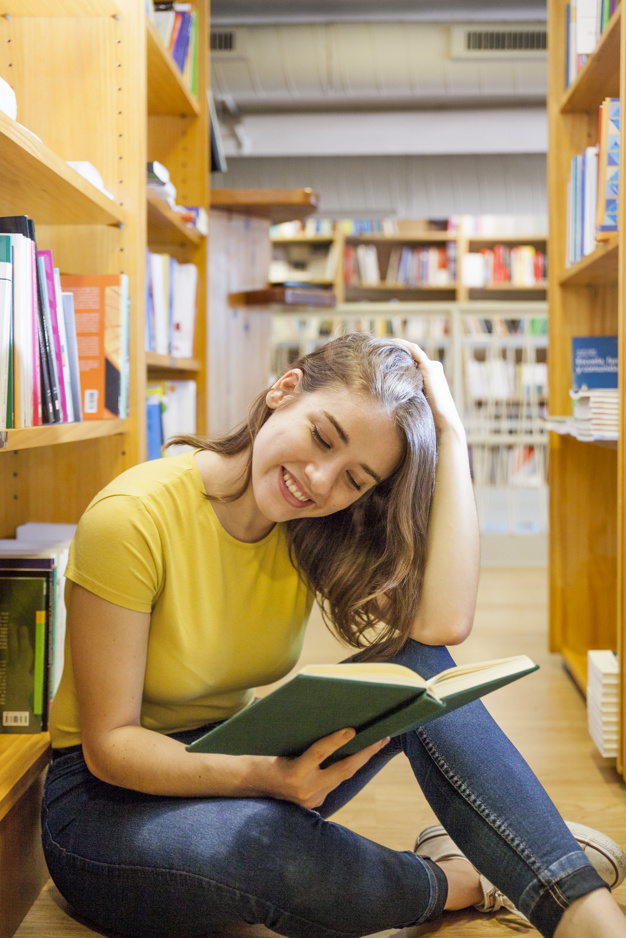 This book is an indispensable tool for parents and teachers who want to help their child learn to read as soon as possible. Large letters, funny pictures, simple, entertaining stories will turn the first reading lessons into your favorite game.
This book is an indispensable tool for parents and teachers who want to help their child learn to read as soon as possible. Large letters, funny pictures, simple, entertaining stories will turn the first reading lessons into your favorite game. - Baby's first textbook. Studying from a book, a young student will get the first ideas about the world around him, learn to understand the speech of adults, and then pronounce his first words: the names of family members, objects of the world, animals.
- Album on the development of speech for the little ones. By completing tasks, the child will learn how to correctly build his statements and expand his vocabulary. Speech development exercises are aimed at developing thinking and imagination, the ability to establish cause-and-effect relationships.
- My first book. The book is designed specifically for babies from 6 months to 3 years old, taking into account the peculiarities of their development and visual perception.
 Bright color illustrations will again and again attract the attention of the baby and delight him, developing curiosity and a desire to explore the world.
Bright color illustrations will again and again attract the attention of the baby and delight him, developing curiosity and a desire to explore the world. - Series "School of the Seven Dwarfs" . For more than 10 years, many parents have known, loved and used books in this series in classes with their kids. The School of the Seven Dwarfs is a comprehensive system of activities with a child from birth to school, 12 colorful developmental aids for each year of a preschool child's life.
- "Smart books" series. One of the most affordable developing series has passed the test of time and has received recognition and approval from teachers and parents. The manuals cover all the main aspects of the mental development of the child and turns classes into an exciting game.
- Preschool Mosaic series. Children and their parents are very fond of colorful manuals with stickers and interesting tasks. Tasks cover such aspects of child development as thinking, literacy, speech, counting, the world around, motor skills, attention, memory.

Learn more

